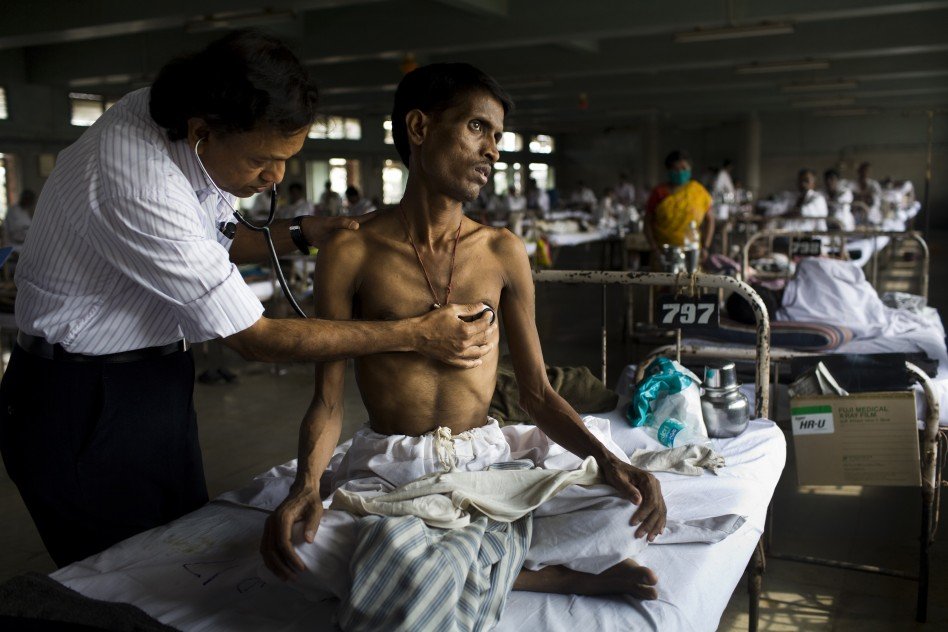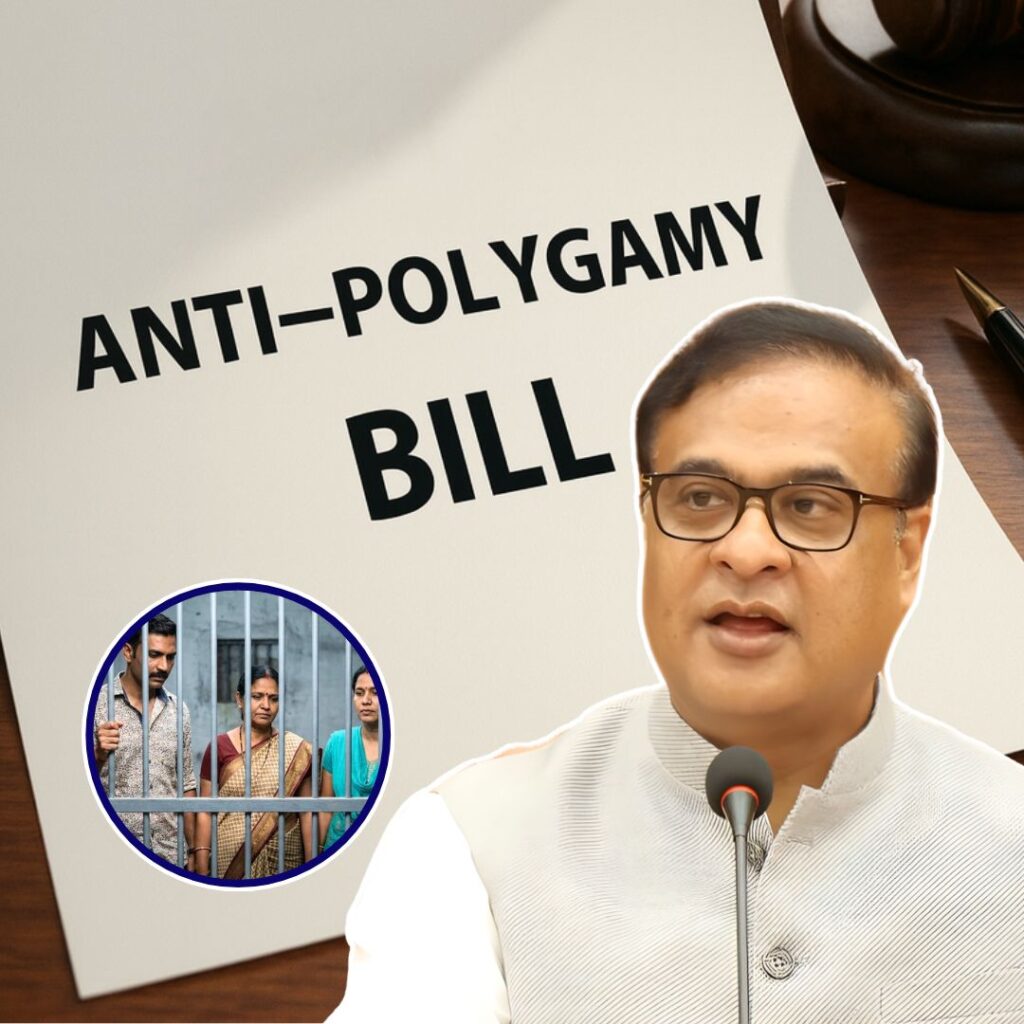Source: usaid
Reeling under the world’s highest burden of tuberculosis with two million cases every year and over 60,000 drug-resistant TB patients, India’s ambitious tuberculosis control programme is now facing an alarming situation of crisis and survival.
After the significant 20% slash in India’s 2014/15 healthcare budget, the recent funding cuts could result in stock-outs of key TB medicines, acute shortage of specialised diagnostic kits and poor diagnostic services. Thereafter, large number of patients will be left undiagnosed and continue to suffer with the infection, leading to jeopardize nation’s prime disease control initiative – the ‘End TB Strategy”, adopted by the government along with WHO in May 2014.
Under the circumstances, final expenditure on the Plan would reduce to Rs 3,000 crore i.e. two thirds of the minimum Rs 4,500 crore requirement. Meanwhile, at least Rs 750 crore additional annual investment is needed to reach the pioneering goals of the End TB Strategy. With such cut back, the aim of daily TB regimen to curtail growing drug resistant TB among HIV positives also seems like a distant dream.
India already being among the lowest in the world for public spending on health, have always kept a surprising tight rein on healthcare expenditure. Despite rapid economic growth over the past two decades, successive governments (including the present one, elected in May) , India only spends about mere 1% of its GDP on public health, compared to 3% in China and 8.3 % in the United States.
It is of utmost importance that the government addresses this issue promptly without any delay and ensures that healthcare funding for TB is sufficient, sustainable and equitable. By upgrading basic health infrastructure and making affordable medical services, our nation needs to effectively invest in its crusade against TB eradication both for its long-term prosperity and most importantly, the future of our children.











